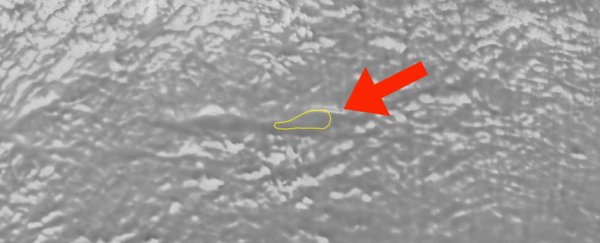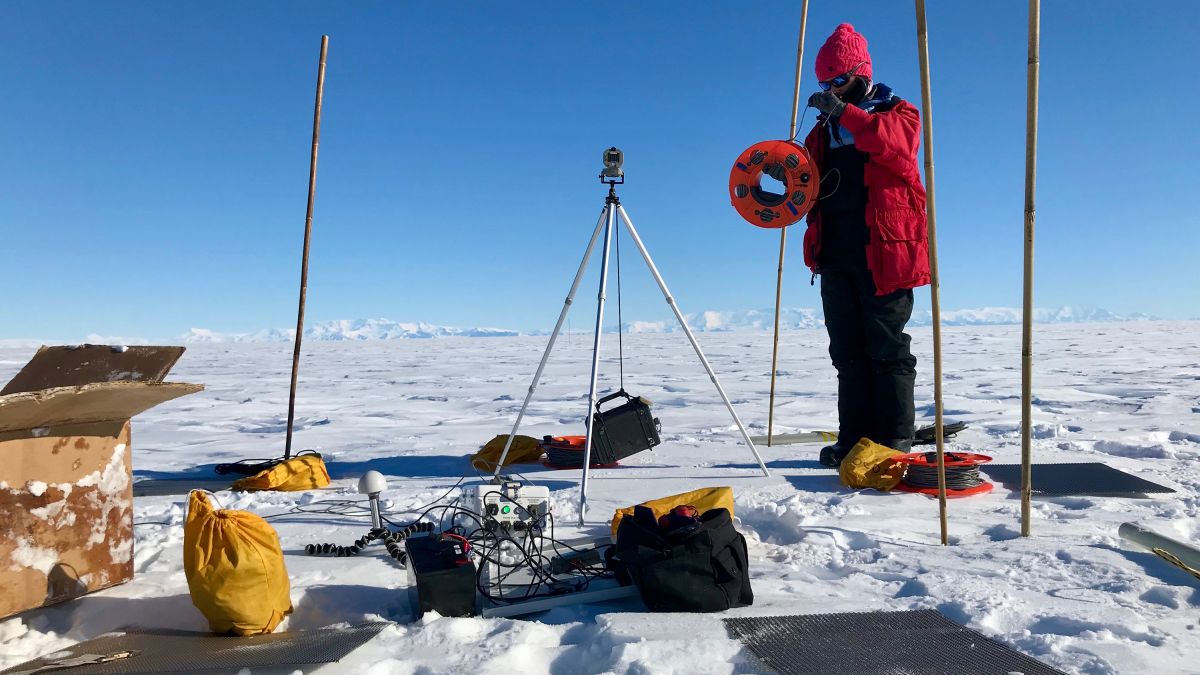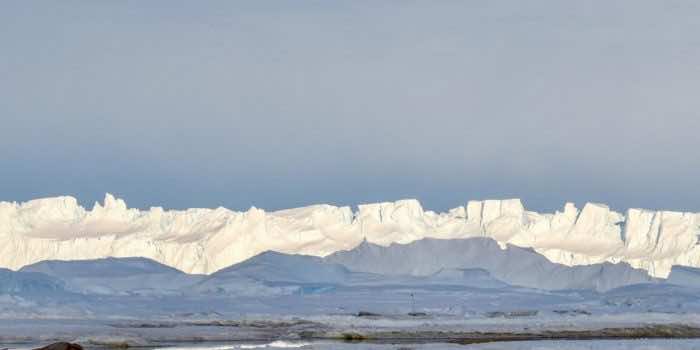The East Antarctic Ice Sheet is the largest ice sheet in the world and researchers have found a lake beneath it.
This subglacial lake is named Lake Snow Eagle.
“This lake is likely to have a record of the entire history of the East Antarctic Ice Sheet, its initiation over 34 million years ago, as well as its growth and evolution across glacial cycles since then,” says geophysicist Don Blankenship of The University of Texas at Austin’s Institute for Geophysics.
“Our observations also suggest that the ice sheet changed significantly about 10,000 years ago, although we have no idea why.”

It is interesting to note how these lakes are kept at such low temperatures. The mass of the ice sheet produces pressure which brings down the freezing point of water trapped beneath it.
Also, the ice sheet itself provides insulation against the frigid air, while the rocks below provide a source of gentle heating.
A radar signal can be used to detect these lakes. The signal bounces back through liquid water is brighter, or more reflective, than other media.
A research team, led by geophysicist Shuai Yan of The University of Texas at Austin, set about obtaining radar data for the region, as well as measurements of Earth’s magnetic field, over a period of three years, from 2016 to 2019.

“I literally jumped when I first saw that bright radar reflection,” Yan says.
The lake is located 3.2 kilometers (2 miles) below the ice sheet, and it’s huge. It is 42 kilometers in length and 15 kilometers wide. It has an area of 370 square kilometers, and contains 21 cubic kilometers of water, with a depth of 200 meters (656 feet).
“This lake’s been accumulating sediment over a very long time, potentially taking us through the period when Antarctica had no ice at all, to when it went into deep freeze,” says glaciologist Martin Siegert of Imperial College London in the UK.
“We don’t have a single record of all those events in one place, but the sediments at the bottom of this lake could be ideal.”
The research has been published in Geology.


